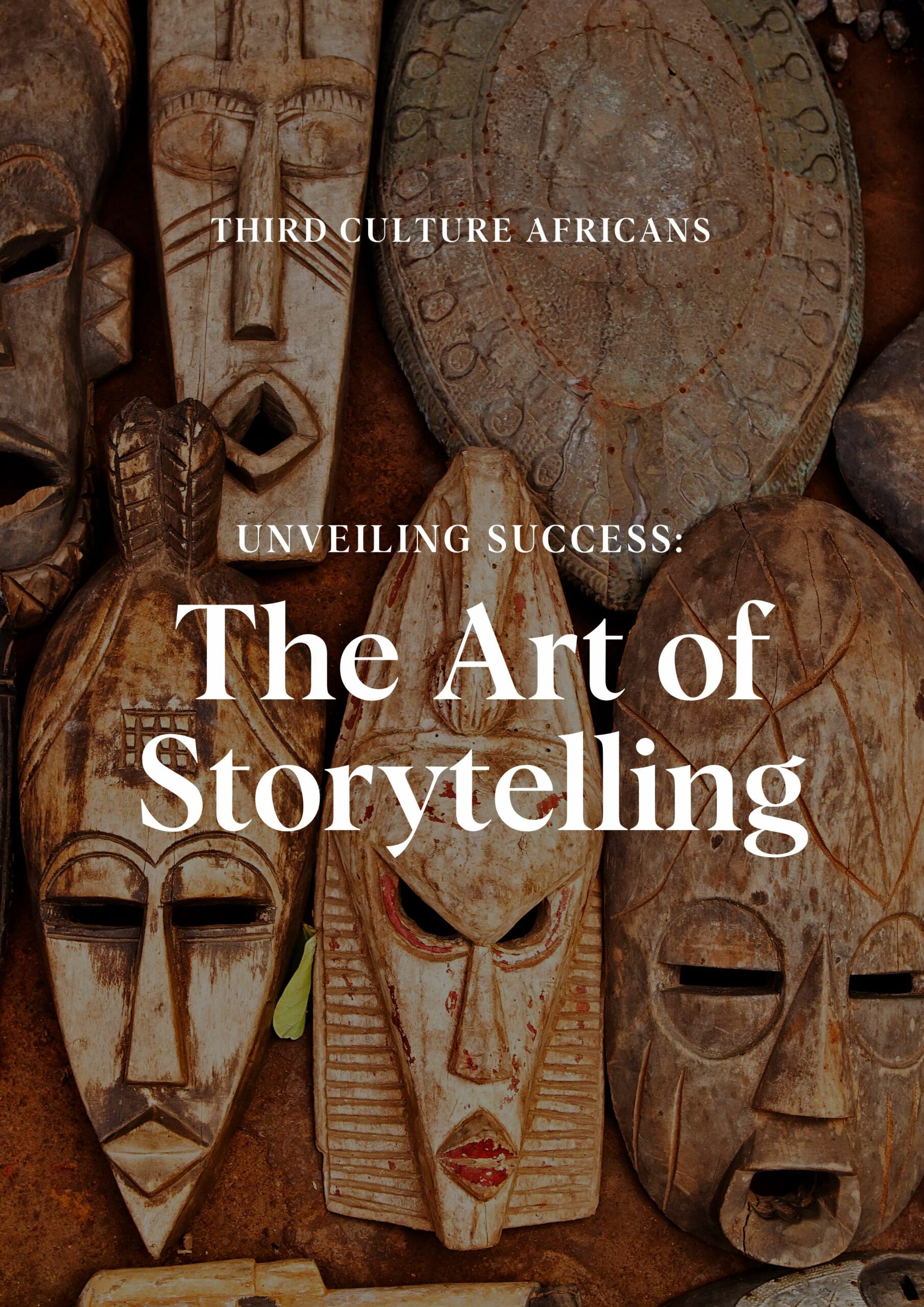In today’s fast-paced creative landscape, managing time effectively across multiple projects is essential for success. As professionals juggle diverse tasks ranging from writing and design to marketing and client communication, the challenge of maintaining productivity becomes increasingly complex. The ability to prioritize work, allocate resources efficiently, and adapt to shifting deadlines is vital for achieving desired outcomes. This article explores proven strategies that can empower creative individuals to take control of their time and streamline their workflows. By implementing techniques such as time blocking, setting clear goals, and utilizing digital tools, creatives can enhance their focus and reduce the overwhelm often associated with managing several projects simultaneously. Additionally, understanding the importance of breaks and self-care aids in sustaining long-term creativity and motivation. With a structured approach to time management, professionals can not only meet their project deadlines but also foster a more balanced and fulfilling creative practice. This guide seeks to provide practical insights and actionable tips to help creatives navigate the demands of their work while ensuring that each project receives the attention it deserves.
Prioritize tasks based on deadlines.
One effective strategy for managing multiple creative projects is to assess and rank tasks according to their respective deadlines. To start, one should compile a comprehensive list of all tasks associated with each project, noting the due dates for each. By doing so, it becomes clearer which tasks demand immediate attention and which can be scheduled for later. This method not only reduces the likelihood of overlooking important deadlines but also allows for a more structured approach to workload management.
After establishing a ranked list, the individual can allocate time slots in their schedule based on these priorities. Tasks with imminent deadlines should be placed at the forefront of the daily agenda, while those with later due dates can be spaced out over the week. This approach ensures that urgent tasks receive the focus they require, ultimately leading to greater productivity and reduced stress as deadlines approach. By continually reassessing and adjusting priorities as new tasks arise or deadlines shift, one can maintain an organized workflow that adapts to the dynamic nature of creative projects.
By visually mapping out their commitments, they can identify overlapping tasks and potential conflicts, allowing for more effective planning. This method also provides a tangible framework to assess how much time is being dedicated to each endeavor, enabling adjustments as needed.
Break projects into smaller steps.
To enhance productivity and maintain focus, the individual should decompose larger projects into manageable components. This process helps to clarify the specific actions required and allows for a more systematic approach to tackling each element. By identifying smaller tasks, one can set clear, achievable goals that create a sense of accomplishment as each step is completed. This method not only makes daunting projects feel less overwhelming but also provides a clearer roadmap for progress.
Additionally, each smaller task can be assigned its own deadline, enabling the individual to maintain momentum throughout the project. By working on these bite-sized tasks regularly, the individual can make steady progress without feeling bogged down by the enormity of the overall project. Celebrating small victories along the way fosters motivation and reinforces a positive attitude toward the entire creative process, ultimately contributing to a more efficient workflow.
Set specific, achievable daily goals.
Breaking down daily responsibilities into specific and achievable goals is crucial for maintaining productivity. The individual should begin each day by identifying a few key tasks that can realistically be completed within their available time. By focusing on what can be accomplished in a single day, they can avoid the discouragement that often accompanies ambitious, long-term aspirations. These daily targets not only provide clarity but also instill a sense of purpose, allowing the individual to prioritize their efforts and direct their energy where it matters most.
To maximize effectiveness, the individual should ensure that these daily goals align with their overarching project timelines. It is beneficial to review progress at the end of the day, reflecting on completed tasks and adjusting future goals as necessary. This practice helps maintain a sense of accountability and encourages continuous improvement, as they refine their approach based on what works best. Through this structured daily planning, the individual can cultivate a consistent routine that promotes steady progress and fosters a rewarding creative journey.
Use a calendar for scheduling.
Incorporating a calendar into the scheduling process can significantly enhance an individual’s ability to manage multiple creative projects. They should start by allocating specific time blocks for each project, ensuring that their calendar reflects a balanced approach to their workload. By visually mapping out their commitments, they can identify overlapping tasks and potential conflicts, allowing for more effective planning. This method also provides a tangible framework to assess how much time is being dedicated to each endeavor, enabling adjustments as needed.
Moreover, the individual should utilize reminders and alerts within their calendar system to prompt them before each task begins. This proactive strategy helps to maintain focus and minimizes the risk of overlooked deadlines. By regularly updating the calendar to reflect changes in priorities or task completion, they create a dynamic tool that adapts to ongoing developments. With consistency in using their calendar, they empower themselves to stay organized and accountable, ultimately leading to heightened productivity across their creative projects.
Allocate time blocks for creativity.
To foster creativity within structured schedules, the individual must designate specific time blocks dedicated solely to imaginative thinking and brainstorming. This approach not only sets the stage for innovative ideas to flourish but also ensures that creative pursuits are not overshadowed by routine tasks. By intentionally carving out these periods, the person creates a safe space for exploration and experimentation, free from the constraints of immediate deadlines or obligations. It’s essential for them to treat these blocks as sacred, minimizing distractions and interruptions to fully immerse themselves in the creative process.
Additionally, incorporating varied activities during these time blocks can enhance creativity further. The individual might consider alternating between different creative methods, such as sketching, writing, or ideation sessions, to stimulate different parts of their brain. They can also experiment with different environments, whether it’s a quiet room, a bustling café, or an outdoor setting, to see where their creativity thrives best. By remaining flexible and open to change within these dedicated times, they empower themselves to tap into their full creative potential, ultimately enriching their overall project outcomes.

Check Out Our Podcast!
Eliminate distractions during work sessions.
To enhance productivity and maintain focus during work sessions, the individual should actively seek to eliminate distractions from their environment. This can be achieved by turning off notifications on electronic devices, which often serve as the primary source of interruptions. Creating a dedicated workspace that is free from clutter and other potential distractions, such as unnecessary paperwork or loud noises, is equally important. The person may consider using noise-canceling headphones or playing soft background music to help drown out ambient sounds and maintain concentration.
Establishing boundaries with others is also crucial in minimizing distractions. The individual should communicate their work schedule to family members or colleagues, making it clear when they are unavailable for casual interruptions. Incorporating techniques such as the Pomodoro Technique, where they work in focused intervals followed by short breaks, can help maintain high levels of concentration. By structuring their environment and interactions thoughtfully, the person can create a more conducive atmosphere for achieving their creative goals.
Review progress and adjust plans.
To ensure that progress remains aligned with the overarching goals, the individual should periodically assess their advancements and identify any areas requiring adjustment. This can be done through regular check-ins, where they evaluate completed tasks against the initial timeline and objectives. By taking stock of what has been accomplished, they can pinpoint any delays or challenges that may have arisen and reflect on their impact. This reflection is crucial for understanding not just what worked, but also what didn’t, enabling the person to make informed decisions moving forward.
Once the review is completed, it’s essential to recalibrate plans as necessary. If certain strategies have proven ineffective or if external circumstances have changed, the individual should be ready to adapt their approach. This may involve reallocating time to specific projects, adjusting deadlines, or even shifting priorities based on new insights gained during the review process. By remaining flexible and open to change, they can optimize their workflow and ensure that their efforts continue to support their creative ambitions effectively.
Maintain a healthy work-life balance.
Setting clear boundaries between work and personal life is vital for sustaining long-term creativity and productivity. The individual should designate specific hours for work-related tasks and ensure that these do not encroach upon personal time. This might involve creating a dedicated workspace that is separate from areas associated with relaxation and leisure, thus helping to mentally compartmentalize work from home life. Additionally, scheduling regular breaks and downtime can prevent burnout and rejuvenate the creative spirit. Engaging in hobbies, spending time with loved ones, or simply enjoying moments of solitude can greatly enhance overall well-being.
Furthermore, prioritizing self-care activities is essential for maintaining this balance. The individual should incorporate practices such as exercise, mindfulness, or any other form of relaxation that helps to recharge their energy and focus. By establishing a routine that includes both work commitments and personal enjoyment, they can foster a holistic approach to productivity. This intentional separation and dedication to personal time ultimately leads to a more fulfilled, efficient, and inspired creative process.
In conclusion, effectively managing time for multiple creative projects requires a strategic approach that combines organization, prioritization, and flexibility. By setting clear goals, breaking tasks into manageable steps, and employing tools like calendars and to-do lists, individuals can create a structured framework that fosters productivity. Additionally, allocating dedicated time slots for each project ensures that creativity is nurtured without overwhelming oneself. Embracing regular reviews and adjustments to one’s schedule can further enhance efficiency, allowing for the unexpected twists that often accompany creative endeavors. With these techniques in place, anyone can balance their creative pursuits and achieve their artistic ambitions with confidence and clarity.


